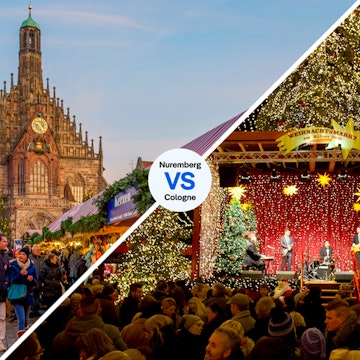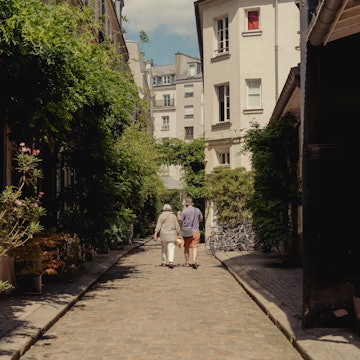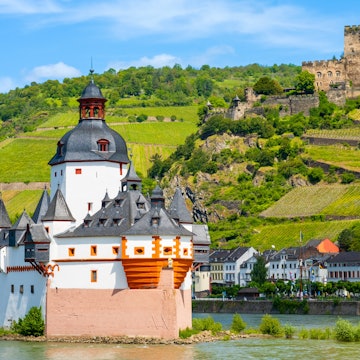

The Malá Fatra range. Kluciar Ivan/Shutterstock
Savvy travelers know that landlocked Slovakia defies its low-key reputation. Its major cities, Bratislava and Košice, buzz with contemporary art and nightlife. The country is home to an astonishing number of castles – the highest per capita in the world – which roost above ramshackle villages and romantic towns. Throw in the sublime backdrop of the Tatra Mountains and you’ve got the ingredients for a trip combining wild hikes, ancient history and arty excursions – all wrapped up in a budget-travel bow.
What’s more, getting to Slovakia is a breeze. The capital city of Bratislava is just an hour from Vienna by road or rail, and connected by direct trains from Budapest and Prague (respectively 2.5 and 4.5 hours away).
With everything else so easy, your trickiest question might be picking the perfect time to visit. So which do you prefer: lake beaches, low-season city breaks or racing across Slovakia’s highest ski resort?
Here are the best times to travel to Slovakia. (Spoiler alert: you can’t go wrong.)
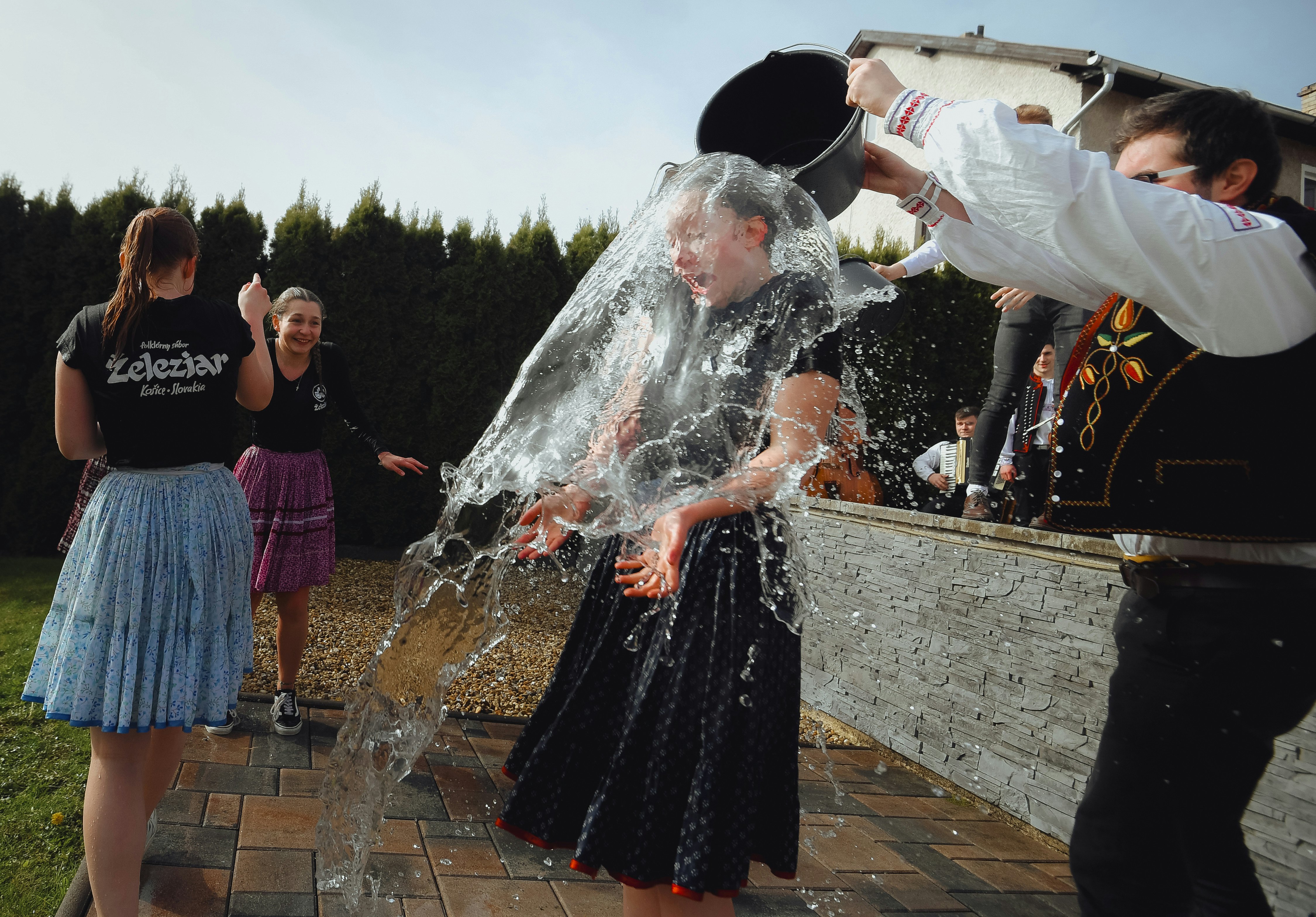
Springtime overflows with music and festivals
As meadows bloom and rivers fill with snowmelt from the mountains, local culture awakens too. Spring (March into June) is one of the best times for live music and festivals in Slovakia. In Žilina, in the rugged northwest, April’s Allegretto festival ushers in award-winning classical music and recitals by up-and-coming composers. In late May, the city then hosts the Staromestské slávnosti, which kicks off with a parade through the old town followed by open-air performances of contemporary and folkloric music.
Swelling orchestral sounds also fill the air in central Slovakia: Banská Bystrica Musical Spring hosts events from late March to mid-May, and the city is awash in smooth sounds during late April’s United Europe Jazz Festival. Banská Bystrica, with its delightful blend of Romanesque, baroque and brutalist architecture, is an intriguing city in any month, but this is an especially lively time to visit.
Easter is a sweet spot for fascinating folklore
Slovakia's population is 70% Christian (largely Catholic), so Easter season is a big deal. As in other Central European countries, Christian celebrations have been intermingled with spring festivals of renewal that date back long before Slovakia’s Christianization began in the 8th century CE.
Travel anywhere in Slovakia around Easter and you’ll see both edible painted eggs and decorative wooden versions. The former stain your fingers at the breakfast buffet; the latter make wonderful souvenirs, often dyed batik-style, with wax patterns painstakingly laid onto the egg’s surface.
In villages, particularly in western Slovakia, you might see the burning of Morena, a symbolic effigy of the old Slavic goddess of winter. Look out for flirty and mischievous spring games: men chase women with ceremonial willow switches or spray them with water, supposedly to bestow beauty and health. Women then regain the upper hand on Easter Monday, when it’s their turn to splash local men.
For a sure taste of seasonal Slovak traditions, head to the Easter festival at Fiľakovo Castle to see folk dancing, handicrafts and archery demonstrations.
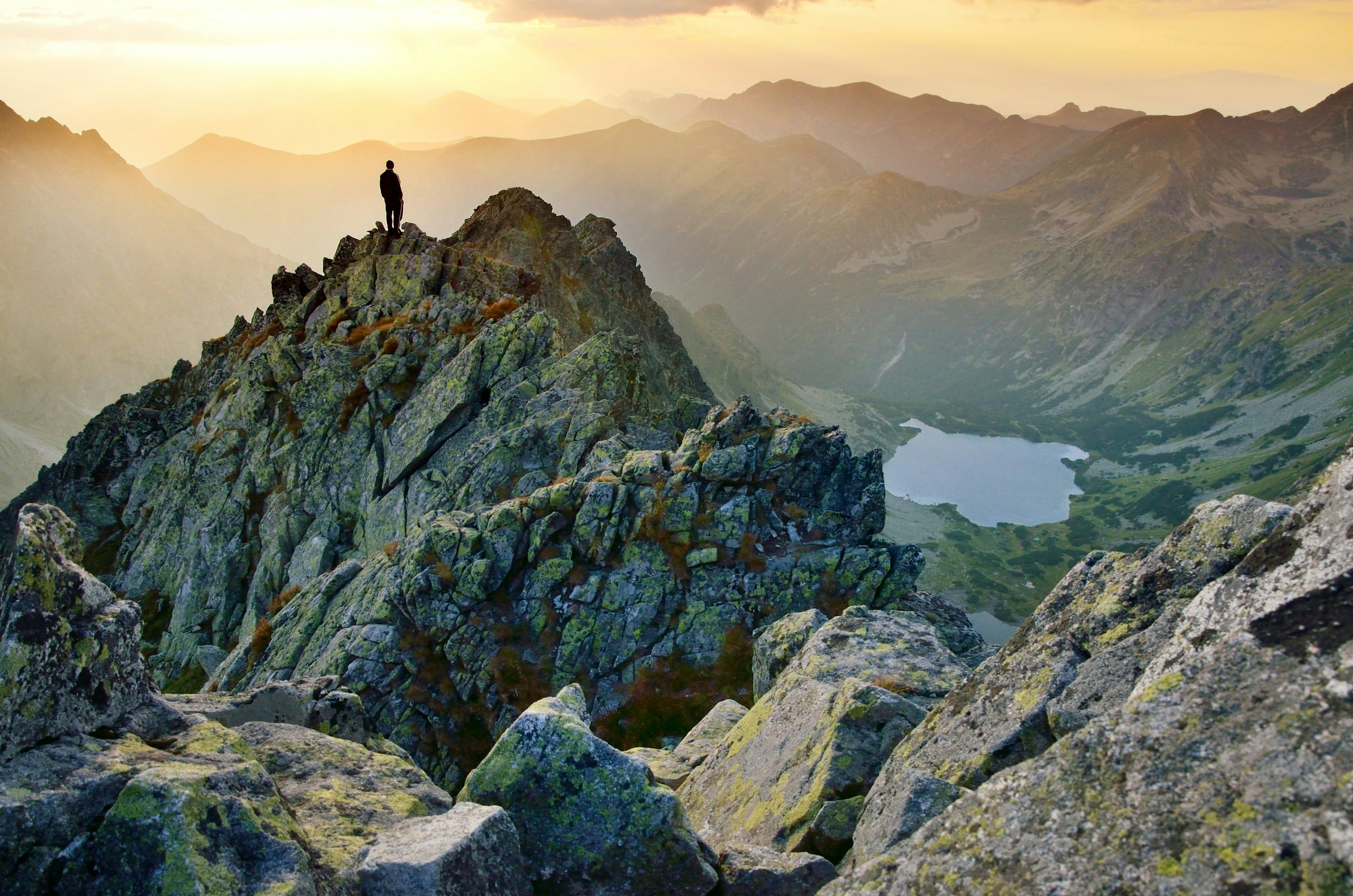
Late April to June is perfect for hiking among flowers
The Tatras form a mountainous spine across northern Slovakia, threaded together by hiking trails that climb up to the clouds. Further south, meadowlands and castle-topped hills offer beautiful (and less challenging) walks. Whether you head north or south, springtime guarantees splendorous displays of flowers. For an introduction to local flora, the annual Weekend of Open Parks and Gardens in early June organizes walks and events through more than 100 green spaces across Slovakia.
To get deeper into nature, do what attracts many visitors to the country: take a hike. The lakes in the Kôprová dolina (valley), where the Western Tatras meet the towering High Tatras, are surrounded by meadows splashed with violet-hued gentians. Higher still, purplish crocus and forget-me-nots give an ethereal haze to hikes up to Skalnaté pleso (lake), at 1751m (5745ft), reachable from the lofty resort town of Tatranská Lomnica or the hiking hub Hrebienok.
Flowers blossom starting in mid-March; May and June are the sweet spot for spring hikes. Any earlier and you risk cold, slushy weather and impassable hiking trails.
May and June bring delight to aspiring knights
Something about the heady days of late spring inspires medieval venues around Slovakia – and there are many of them – to stage courtly festivals. Take Hrad Červený Kameň, 35km (22 miles) north of Bratislava: this 13th-century fortress is the venue for the Rotenstein Festival in late May, bringing costumed plays, heroic (staged) clashes and kids begging their parents for toy swords.
In Bratislava, the Petržalka neighborhood sets the stage for Middle Ages in the Park in June. Battle reconstructions, iron and woodcraft souvenirs, and the chance to prove your keen archer's eye are some of the attractions. (For even more Middle Ages at the end of August, the Utgard festival turns back the clock and turns up the merriment at Biela Ľupča, near the village of Partizánska Ľupča, with falconry, battle reenactments, live music and a bonfire.)
Summer is best for high-altitude hiking
High summer (July and August) is a popular time to travel to Slovakia. Temperatures crack over 30°C (86°F), and endless rounds of Zlatý Bažant beer arrive at tables lining cobblestone streets. Conditions are prime for grabbing zmrzlina (ice cream) and strolling around Bratislava’s statue-lined squares or the stately medieval town of Banská Štiavnica.
Summer is also a hotly anticipated window for high-altitude hikes. Slovakia’s highest peaks, including Rysy, at 2501m (8205ft), and Kriváň, at 2495m (8185ft), open to hikers in mid-June, and early snow has been known to cut the hiking season short. Many Slovaks consider a hike up Kriváň, often referred to as the country’s most beautiful peak, as a patriotic duty; the mountain has attracted trekkers since the 19th century. Join the Slovak Tourist Club for the National Ascent of Kriváň, commemorating a 1944 uprising, on the third weekend of August.
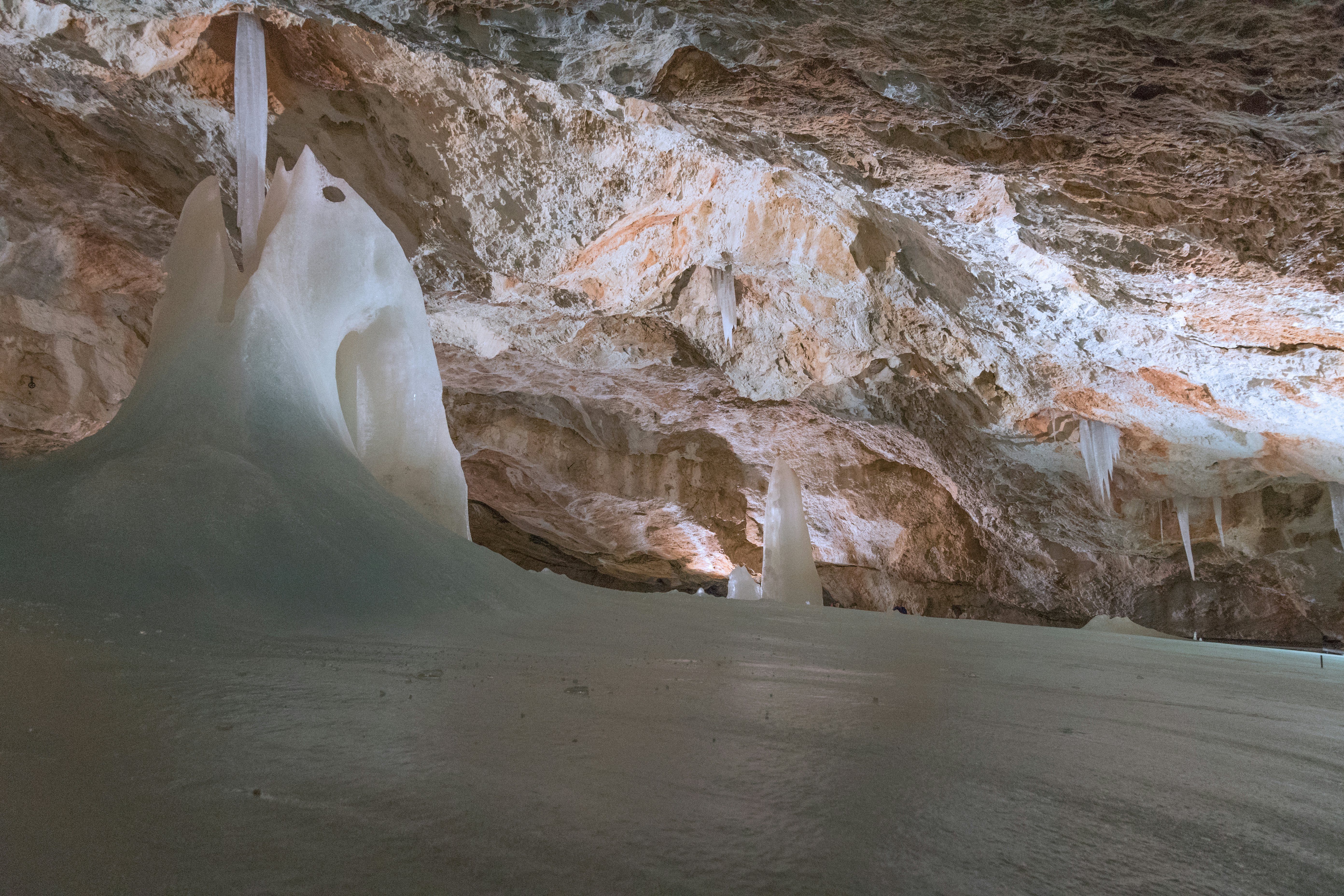
… and for cooling off at Slovakia’s waterfalls, lakes and ice caves
Some hikes have cooling streams and cascades to offset the summer temps. At Suchá Belá Gorge in Slovenský Raj National Park, you’ll hike along ladders that hang refreshingly close to streams and waterfalls. Go early in the morning to avoid the crowds.
You can also cool off at Bratislava’s largest lake, Zlaté piesky, which brings stand-up paddleboarders, sun worshippers and families to its gravel beach. Or idle by the Danube at Tyršák Beach: it’s on the opposite riverbank to the old town, with views of mighty Bratislava Castle.
If you’re still sweating, take a tour of Dobšinská Ice Cave (open mid-May to the end of August) to admire pillars of ice inside a karst cavern where the temperature hovers around freezing.
… and also for playing at royal pageantry
While royalty has been a historical footnote in Slovakia since after WWI, regal pomp remains during Bratislava's Coronation Days. Every summer the city recreates a historical coronation (dates vary), complete with fencing, live music and even a royal dessert for the occasion. The highlight is a procession of hundreds of costumed nobles, pouring downhill from Bratislava Castle.
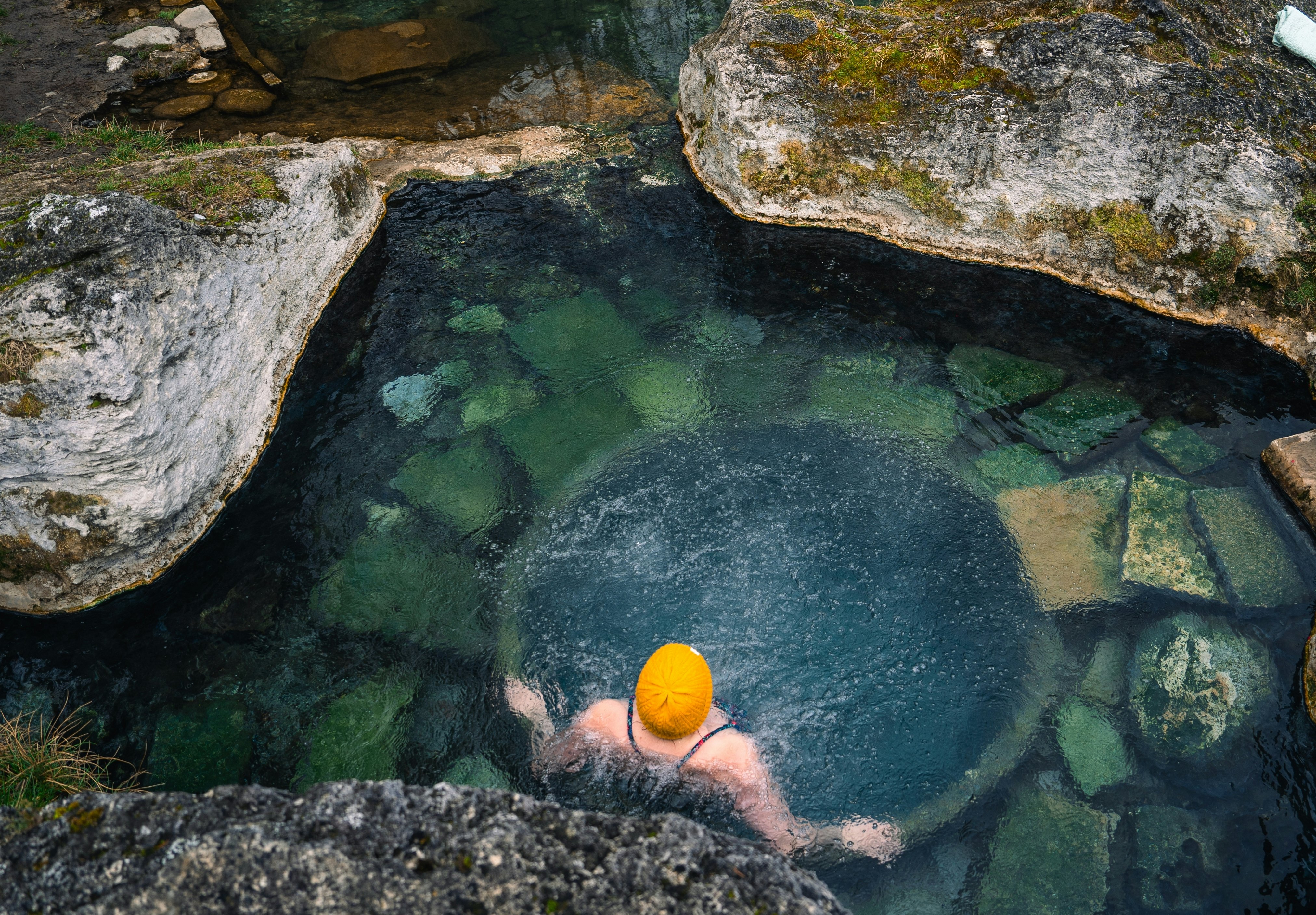
… plus getting the royal treatment in Slovakia’s spa towns
A soak in mineral-rich waters revitalizes knees creaking after steep Tatras hikes. But Slovakia’s venerable spas also offer a marvelous excuse to swan around opulent 19th-century hotels in a bathrobe. Piešťany, an hour by road from Bratislava, is an elegant choice: its neoclassical spa buildings, arranged around an attractive riverside park, have drawn guests as illustrious as Ludwig von Beethoven. Summer’s warm weather and long daylight hours are well suited to soaking in outdoor pools and taking restorative riverside strolls.
The autumn shoulder season is the best time for budget travel in Slovakia
Compared to Western Europe, the euros in your wallet will go further in Slovakia all year long. Prices are often half of what you might pay in highly touristed European destinations. And you’ll enjoy additional savings if you travel to Slovakia during the shoulder season in fall (September into November). Midrange hotel rooms start at €70 (US$82) in cities, with rates dropping as much as 10% in September and even further in October.
But bargain hunters beware: although lower prices blow in with the autumn winds, some accommodations and restaurants in the mountains close during the shoulder season. Book ahead.
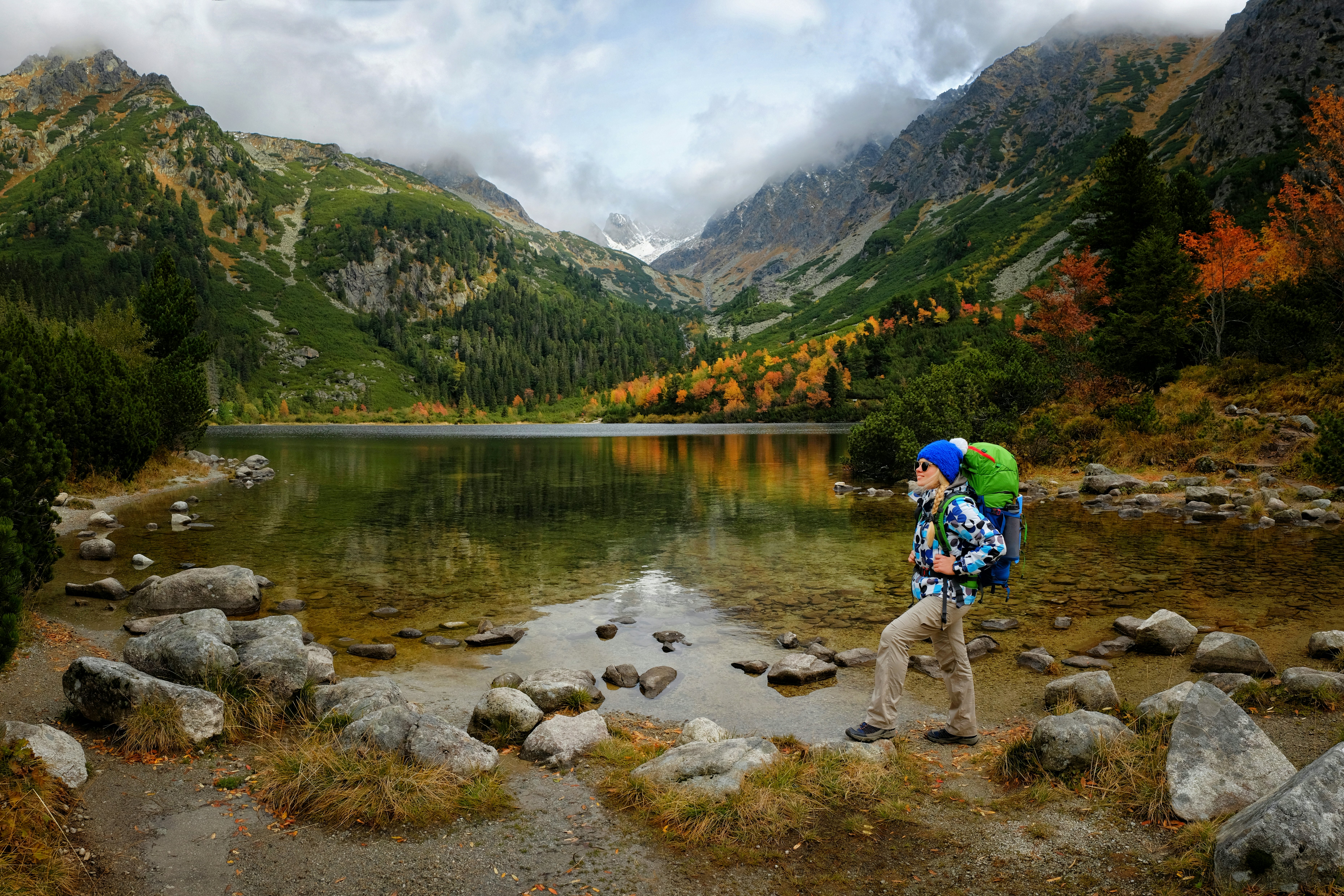
September and October are ideal for colorful hikes
September in Slovakia often feels like a second flush of summer; by October, forests are radiant with autumn finery. The Malá Fatra mountains, accessed from Žilina and the castle-capped village of Strečno, are an ideal stomping ground at this time of year. Trails in the Jánošíkove diery area blush with color, best seen from staircases and metal walkways above waterfalls.
Some hikers will head for the High Tatras but be warned: cold weather is coming. Although conditions at these altitudes are riskiest in midwinter, when the snowpack is thicker, sudden weather changes make it precarious for high-altitude hikes in the fall as well. Still, you’ll find plenty of easy options on the flanks of the Tatras. Taking a turn around Štrbské Pleso is an easy and accessible way to catch autumn foliage. The pristine lake is fringed by beech and oak trees that turn gold and maroon.
Wine country is cloaked with glory in autumn
There’s no bad time to sample Slovakia’s wines, many of which are made from grapes unique to the country. But sipping a fruity white Devín or plummy Dunaj is arguably lovelier when you’re surrounded by vineyards glowing in autumn gold. With a car, it’s possible to visit wineries in the Small Carpathian (Malý Karpaty) region on a day trip from Bratislava (book tastings in advance). Alternatively, half-day tours with Authentic Slovakia give you a guide and designated driver all in one.
Further east is the Tokaj region (shared with Hungary, where it’s spelled Tokaji). Long summers on this mountain plateau concentrate the sugars within grapes before they’re turned into amber-colored sweet wine. Book a stay at a winery like Tokaj Macik for the full experience of tastings in a shadowy wine cellar and barrel-shaped accommodations.

December to early April is best for skiing and snowboarding
Winter in Slovakia brings a dusting of magic – like Christmas markets and the Winter Food Festival – along with a dusting of snow. While Slovak ski areas don’t have the dizzying heights of famous Swiss resorts, they do offer stirring mountain views and lift tickets that cost a third less.
January can be bitterly cold. February and March offer the best odds for snowy conditions, and most resorts have snow-making machines to keep pistes blanketed in white.
Avid skiers should head to the biggest ski area, Jasná Nízke Tatry, with 30 lifts accessing 46km (29 miles) of runs and night skiing on two slopes. Slovakia’s most snow-sure resort is Tatranská Lomnica, which has 1300m (4265ft) of vertical, including the country’s steepest piste: a buttock-clenching 40% incline for the first 500m (1640ft) of the descent. Beginners and travelers with little skiers in tow can head to family-friendly Bachledka Ski and Sun, close to Ždiar, where age-old geometric patterns adorn the town’s wooden houses. There’s also lakeside Štrbské Pleso, which has 9km (6 miles) of beginner to intermediate runs.
By the time spring's sunny conditions come to the mountains, you might just want to extend your ski trip into hiking season.






